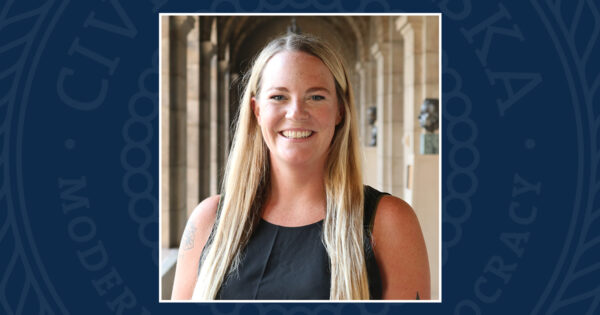Our work in Potter began several months ago – with curiosity around the question “What might it look like to plan to strengthen the civic health of a community?” As a community planner, I know we spend a lot of time assessing the physical infrastructure, facilities, land use, and population counts of a community, but typically less time is spent understanding the civic infrastructure of a community.
 How does a community get together and organize to work on public problems? Fortunately, the Panhandle Area Development District and Village of Potter were amid a comprehensive plan update and willing to explore that question together with us at Civic Nebraska.
How does a community get together and organize to work on public problems? Fortunately, the Panhandle Area Development District and Village of Potter were amid a comprehensive plan update and willing to explore that question together with us at Civic Nebraska.
Potter’s history of strong civic engagement is well documented by local news stories and the stories of countless visitors who have enjoyed the Potter Sundry’s legendary Tin Roof Sundae, played a few frames of duck pin bowling, or voted the town as “Best Rest Stop” on the annual Tour de Nebraska bicycle adventure. As the community prepared the update of its long-term development plan, I came along to look into what values, connections, habits, and processes were most important to Potter’s successful community engagement – and what the town would have to do to maintain and strengthen it.
The process kicked off with an open-invite community meeting hosted with the Potter Community Improvement group’s regular gathering. This group serves as an informal strategic umbrella organization, under which people collaborate to organize welcome activities, put on events, and move forward action in tourism, recreation, and community development.
While the group meets monthly, the open invite drew in more residents than usual, including new residents. Participants outlined a vision of successful engagement and identified important crossroads for the community like the transition of leadership, housing, and “making Potter home” for future generations and new residents.
What emerged from this process is summarized in themes that form 1) the community’s civic infrastructure – its relational and institutional foundation – and 2) its vibrant community engagement – how Potter works and celebrates together.

The community plans to review and adopt its comprehensive plan, which will include a civic health component. Then, different committees, organizations, and social groups will consider their strategy and next steps. Prioritized actions hint at what might be in store:
- Making information about opportunities to get involved more accessible through coordinated communication on the community’s website, social media, events, and the local paper.
- Small planned community events that rotate among different hosts: things like gardening, exercise, coffee, breakfast, game nights, and trail rides.
- Supporting youth-led activities to add to established town events.
- Cultivate and support emerging leadership through board succession planning, mentorship, and expanded opportunities.
In addition, practices that maintain strong civic infrastructure will help create efficient and durable solutions in areas like housing and expanded commercial development.
What happens as a result of Potter’s focus on civic health will unfold over time. Ultimately, Potter’s continued success will be determined by the same dogged determination and positive habits that have brought it this far, as well as its adaptability to change. I do feel, though, that this process will help “make Potter home” for generations to come.
![]()
Daniel Bennett is Civic Nebraska’s Rural Civic Health Program Manager. To learn more about how we help communities build strong civic life, click here.



